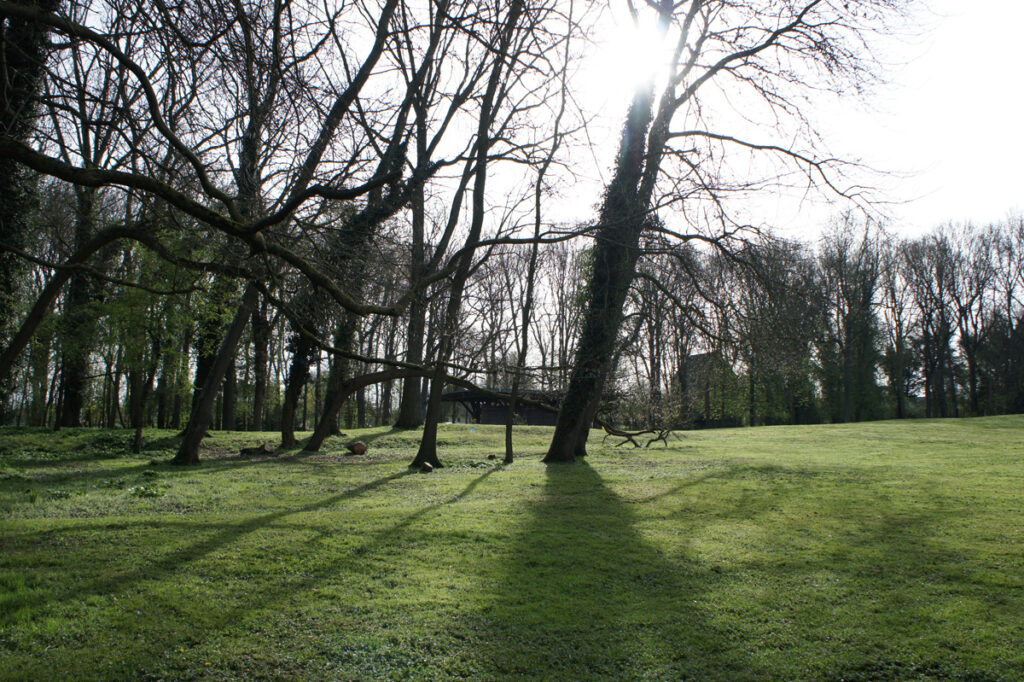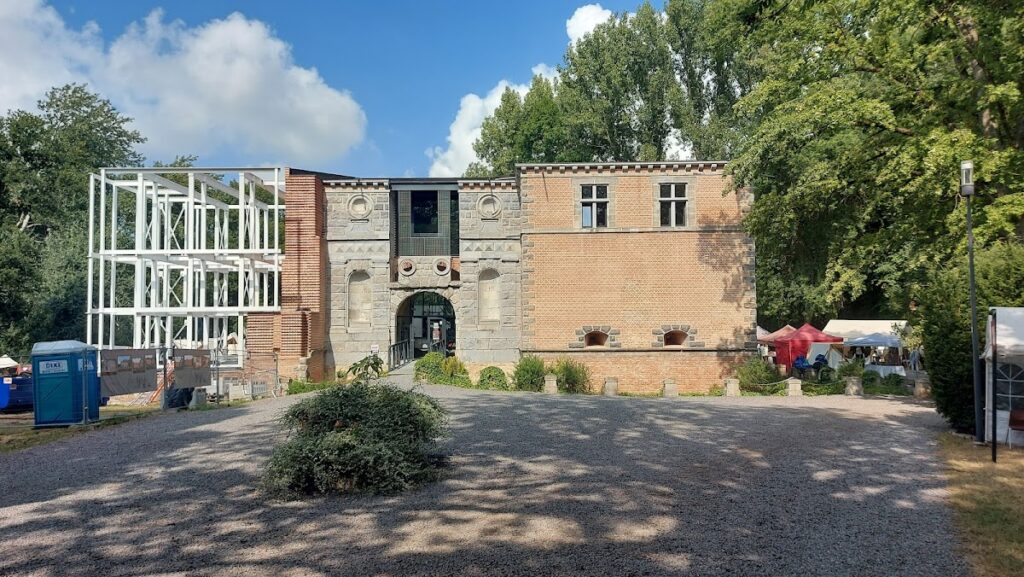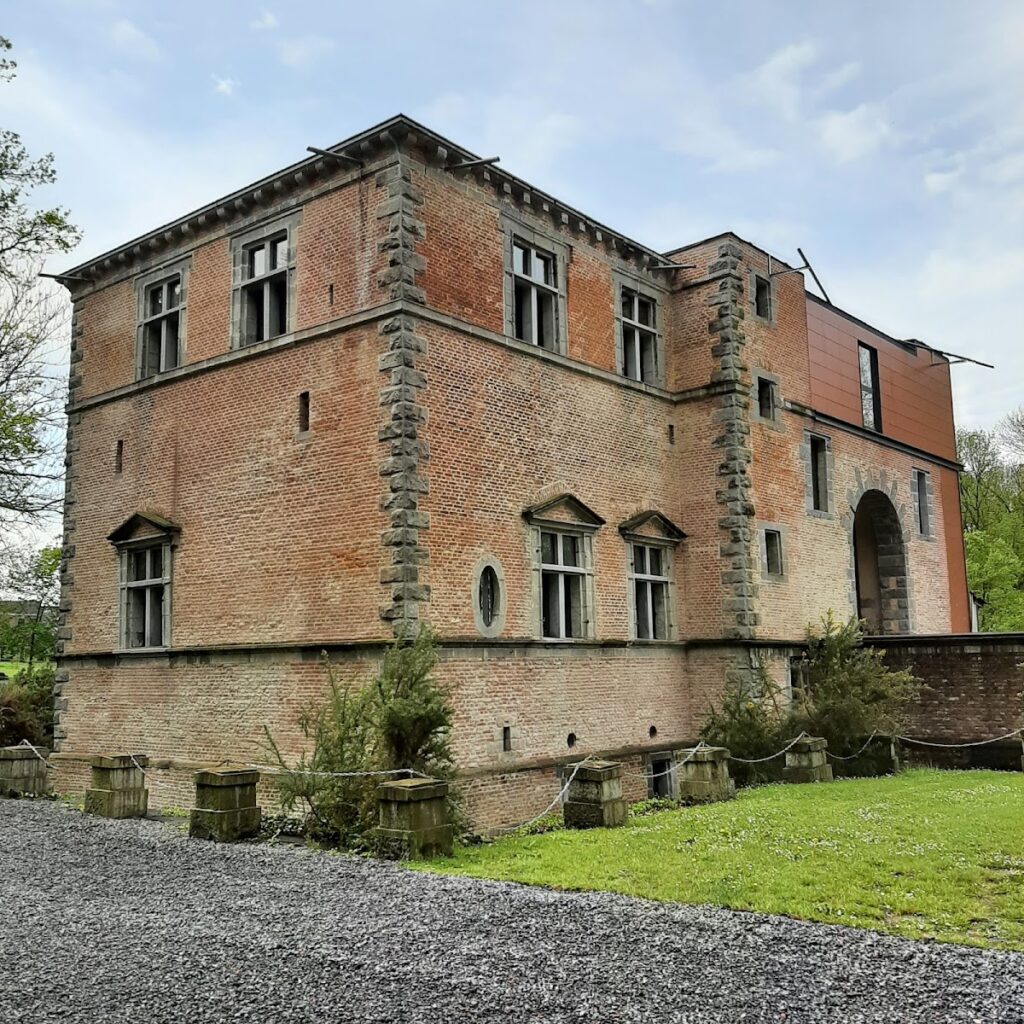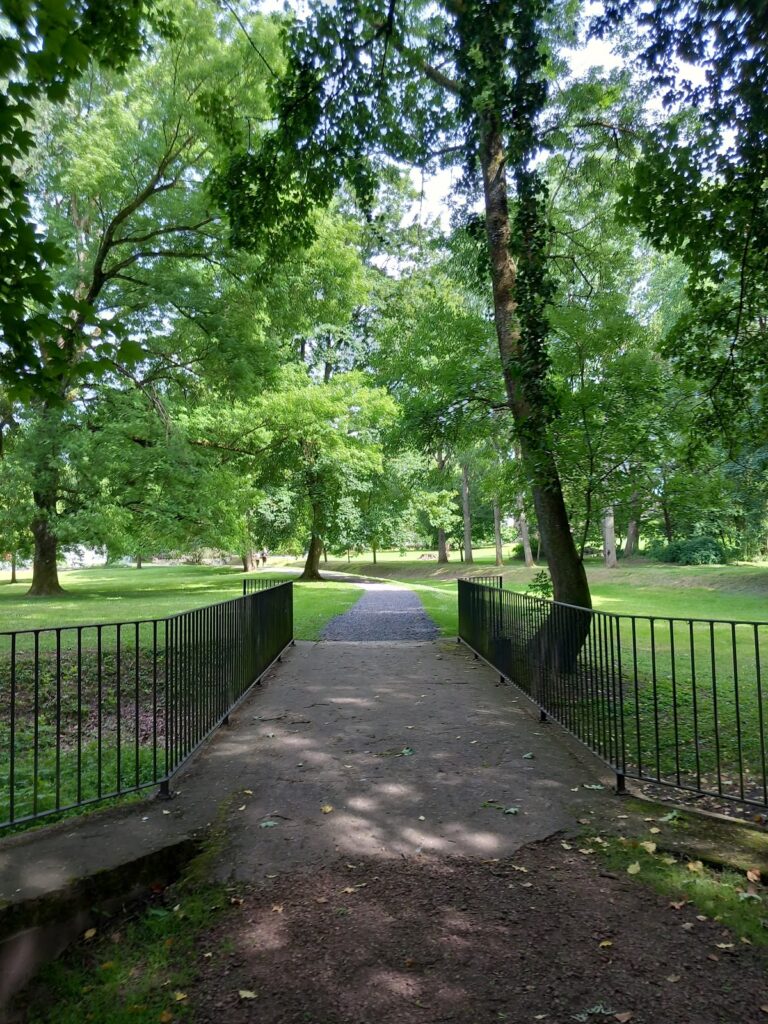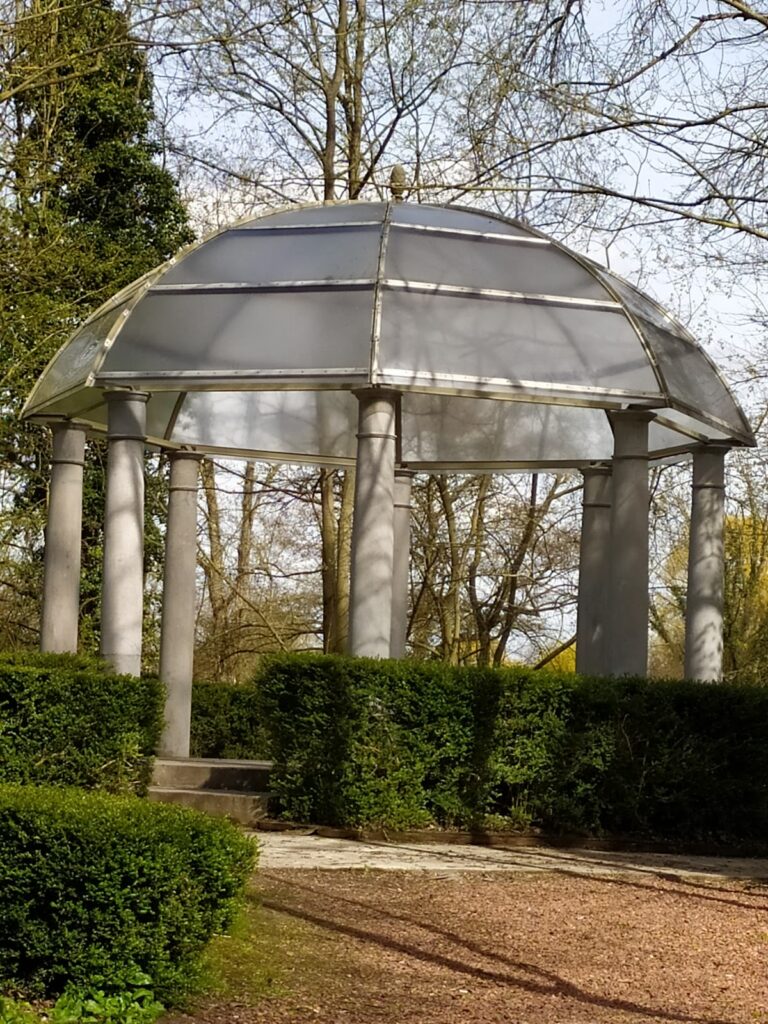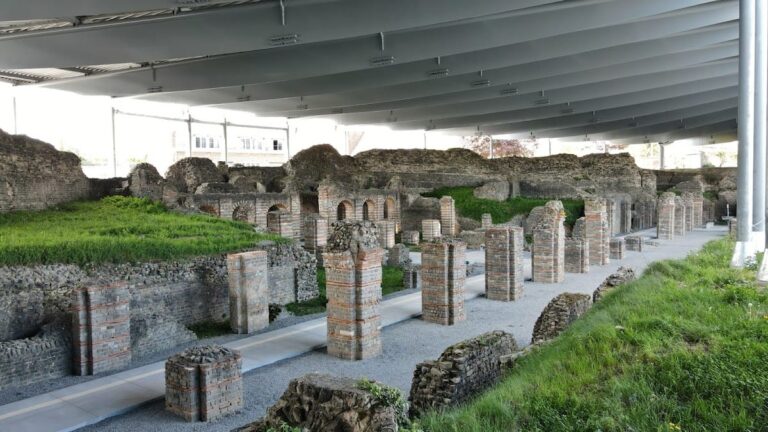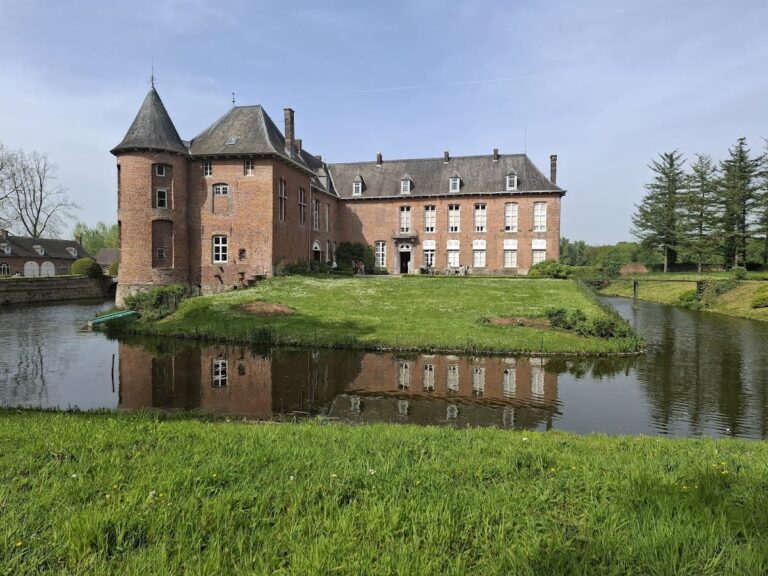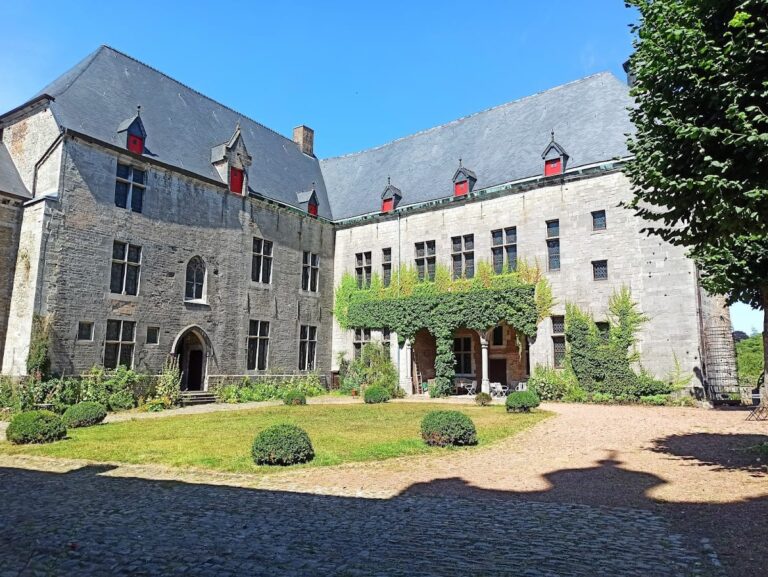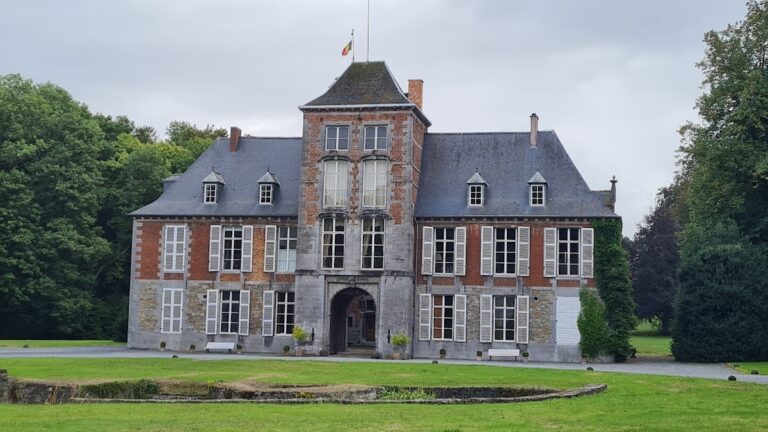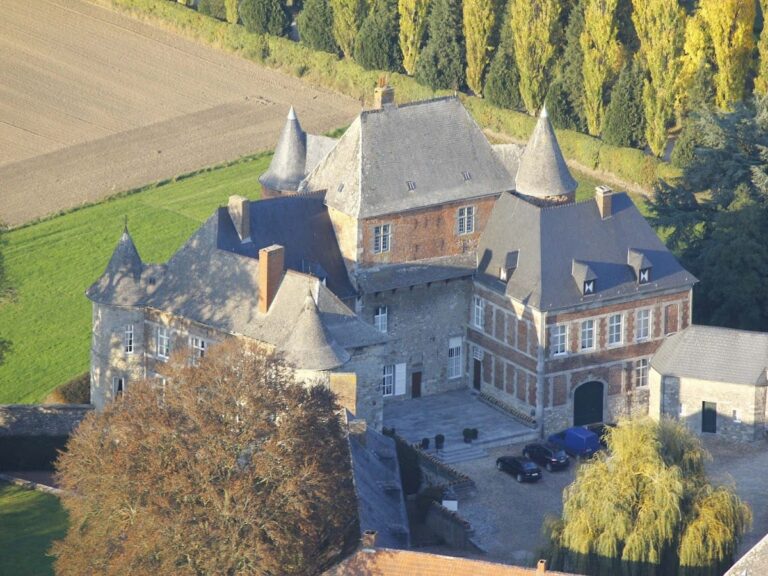Château de Boussu: A Historic Renaissance Castle in Belgium
Visitor Information
Google Rating: 4.4
Popularity: Low
Google Maps: View on Google Maps
Official Website: www.chateaudeboussu.be
Country: Belgium
Civilization: Unclassified
Remains: Military
History
The Château de Boussu is located in the municipality of Boussu in modern-day Belgium. Its history traces back to the Gallo-Roman period when the site was first occupied, reflecting a long-standing strategic importance in the region.
During the 10th century, a medieval fortress was established here, marking the beginnings of the castle as a fortified residence. This stronghold was initially under the ownership of the Fontaine family but later passed to the Hénin-Liétard family through marriage. The castle’s first recorded military event occurred in 1402, when the lord of Chaudmont laid siege to the fortress, causing damage that included significant fire destruction. Later, in 1478, amid the conflicts between France and the Burgundian States, the castle was completely destroyed.
The site was rebuilt beginning in 1540 under the direction of architect Jacques Du Brœucq, who transformed it into a Renaissance palace for Jean de Hénin-Liétard, the first Count of Boussu. Jean served as Grand Squire to Emperor Charles V, who visited the palace twice in 1545 and 1554. The palace garnered high praise for its grandeur, with Lodovico Guicciardini calling it “the most beautiful residence in all the Netherlands, worthy of a king.” The Château de Boussu also received notable visitors such as Philip II of Spain in 1549 and 1558, Louis XIV of France, who celebrated his birthday there in 1655, and William III in 1676.
Throughout the 16th and 17th centuries, ongoing warfare led to progressive damage to the castle. By 1810, the palace was mostly demolished, leaving only the gatehouse intact. This surviving structure was later restored by Count Maurice de Caraman. During World War II, the German Luftwaffe used the site as a munitions depot, which was destroyed by an explosion on September 2, 1944.
The estate became municipal property in 1989, followed by archaeological excavations starting in 1991 spearheaded by the association Gy Seray Boussu. In 2010, historian Marcel Capouillez launched a campaign to restore the gatehouse, gaining further momentum after the city of Mons was named European Capital of Culture in 2015. Today, the Château de Boussu serves as a museum displaying its rich history and archaeological discoveries. Near the castle, the Gothic funerary chapel of the Lords of Boussu houses the remains of both the Hénin-Liétard and Caraman families. This chapel is recognized as Exceptional Heritage of Wallonia and partially functions as a museum of sacred art.
Remains
The archaeological remains of Château de Boussu center around the Renaissance gatehouse, the only surviving element from the original structure. This 16th-century gatehouse includes the entrance porch, an east tower, and the cellars, all built in stone and timber typical of the period. The gatehouse has been restored and now functions as an interpretation center, providing insight into the site’s layered history.
A commemorative stone set into the gatehouse’s façade commemorates a local tradition tied to Emperor Charles V’s 1554 visit. Inscribed with “Brûlé en 1554,” the stone was placed during the 19th-century restoration by Count Maurice de Caraman to remember the event when the castle was reportedly set on fire in front of the Emperor.
Since 1991, archaeological excavations around the site have uncovered a variety of artifacts, including coins, keys, fragments of pottery, cannonballs, musket balls, and toys. These finds have enriched the scientific understanding of the castle’s occupation and have helped date its various phases. Many sculpted stones recovered during these digs are displayed in a lapidary museum housed within the gatehouse’s cellars, allowing visitors to see fragments of the castle’s decorative stonework up close.
The castle grounds encompass a twelve-hectare romantic park designed in the English style during the early 19th century by Maurice de Caraman. This park features century-old trees such as purple beech, chestnut, oak, linden, and maple-leafed plane, as well as a wetland zone, an observation pavilion with a terrace, and a nature trail that highlights the local flora and fauna.
In 1842, part of the estate was expropriated to make way for the Mons-Saint-Ghislain-Quiévrain railway line. This included the gatehouse lodge, which was replaced by a new lodge constructed at state expense. A private level crossing with double gates operated here until 1991. Both the lodge and the gates remain visible today from the railway side, marking this historic intersection of transport and heritage.
